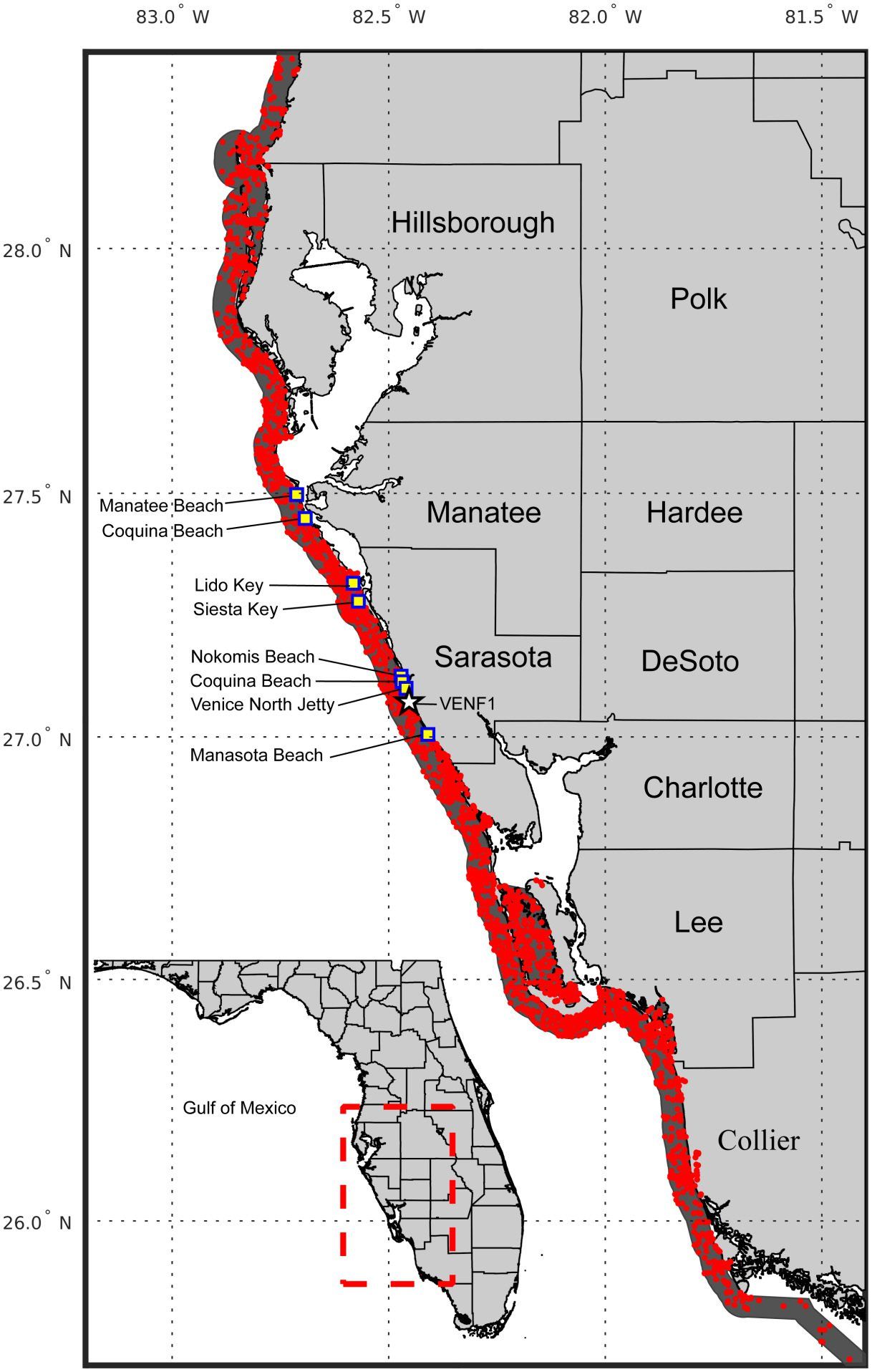New study quantifies the economic cost of 2018 red tide

Researchers recently released two new indexes to gauge the severity of red tide events in the Gulf of Mexico. The Bloom Severity Index and the Respiratory Index now offer a standardized and objective way to gauge how severe red tides are.
The indexes showed that the so-called “2018 bloom” — which actually occurred from October 2017 to January 2019 — was the most severe bloom documented.
But what did it cost Florida in lost revenues and tourism impacts?
A new study recently published in the journal Tourism Economics by the University of Florida has quantified the financial shock that the 2018 bloom had to Florida’s economy, using the Airbnb market as a gauge of the broader impacts. For the study — which was funded by the Gulf of Mexico Coastal Ocean Observing System and NOAA’s National Centers for Coastal Ocean Science — researchers reviewed Airbnb property and reservation data.
They estimated that there were approximately $184 million in losses in the tourism sector, and, because of the consequent contraction to the Airbnb market, the loss of employment corresponded to nearly 2,900 jobs throughout Florida.
Natural disasters like red tide events disrupt normal daily life within communities and reduce the attractiveness of a destination for tourists. “An uptick in the occurrence or severity of such hazardous and disruptive events can have very distinct and catastrophic socioeconomic impacts that are important to understand,” said GCOOS Senior Advisor Dr. Barbara Kirkpatrick. “We know that red tides impact communities in really negative ways — from sending people with chronic lung diseases to emergency rooms to forcing coastal communities to spend millions on cleanup. Now, thanks to this study, we’re gaining even more insights into the true costs of recurring red tide blooms.”
Geographically, a majority of the economic losses from the 2018 bloom occurred in Southwest Florida. However, due to spillover effects, more than 15% of the overall economic effects occurred throughout the rest of the state of Florida.
“Our findings show that red tide events do affect tourism, specifically tourism associated with out-of-state visitors, and that these changes result in broader economic losses for the local, regional and state economy,” said Dr. João-Pedro Ferreira, postdoctoral associate at UF/IFAS Food and Resource Economics Department and lead author of the article. “If this phenomenon can’t be avoided, then local and state authorities and tourism management professionals must design and implement appropriate risk management strategies to minimize their effects and increase resiliency of the tourism industry to these types of events.”









